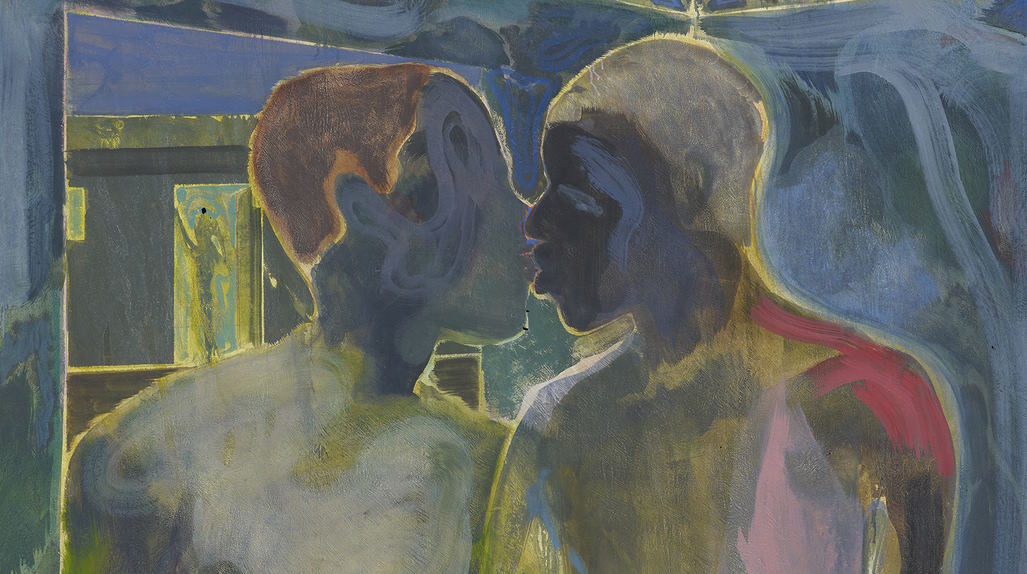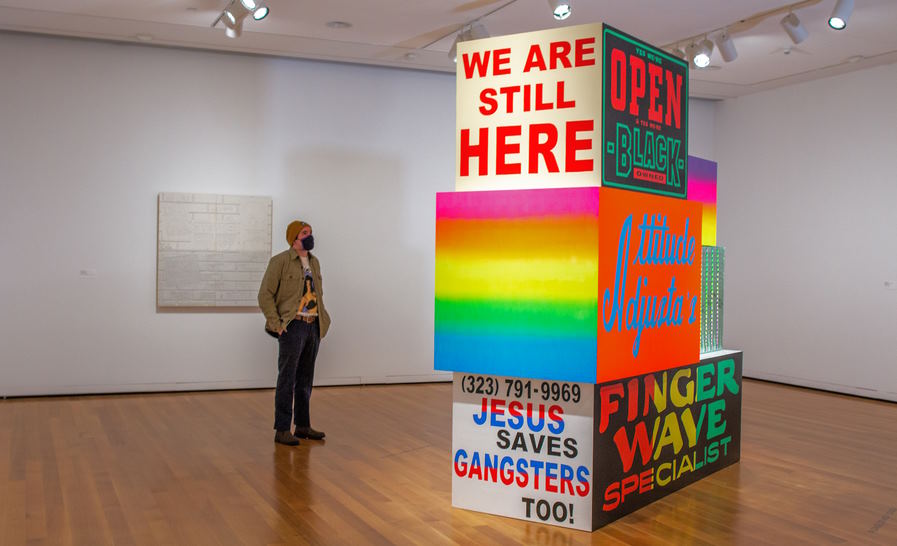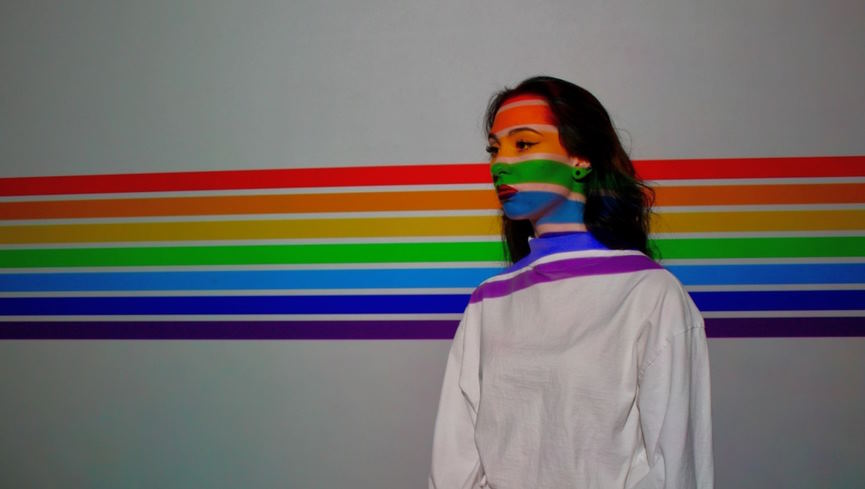Contemporary art is constantly evolving, and one of the factors that have influenced its development is the LGBTQ culture. From the Stonewall Riots in 1969 to the legalization of same-sex marriage in many countries, the LGBTQ movement has transformed society and influenced various aspects of life, including art. In recent years, LGBTQ artists and their artworks have gained recognition and popularity, contributing to the diversity and inclusivity of the contemporary art world.
Representation of LGBTQ culture in Contemporary Art
The representation of LGBTQ culture in contemporary art has been vital in promoting awareness, diversity, and acceptance. Many LGBTQ artists have used their experiences and perspectives to create artworks that challenge societal norms and express their identity. One of the pioneers of LGBTQ art is the American photographer Robert Mapplethorpe, who used his photographs to explore themes of sexuality and eroticism. Similarly, the British artist David Hockney has created artworks that depict same-sex relationships, challenging the traditional representation of love in art.

The evolution of representation in contemporary art has been significant in reflecting the changes in society’s attitudes towards the LGBTQ community. From the early days of LGBTQ art, where artists had to use metaphors and symbols to depict their identity, to the present day, where artists can openly express their sexuality in their artworks. For instance, the artist Felix Gonzalez-Torres created artworks that explored themes of love, loss, and memory, and often used his experiences as a gay man to create emotionally charged installations.
The influence of LGBTQ culture on contemporary art themes has been significant in promoting diversity and inclusivity. Many LGBTQ artists have used their art to highlight social issues such as discrimination, homophobia, and gender identity. For example, the Canadian artist Kent Monkman’s artworks often explore the history of Indigenous people, challenging the traditional narratives of colonialism and heteronormativity.
The Impact of LGBTQ Culture on the Art Market
The impact of LGBTQ culture on the art market has been significant in recent years, with an increasing number of LGBTQ artists gaining recognition and achieving commercial success. However, with the growing popularity of LGBTQ art, there has also been an increase in the commercialization of LGBTQ culture in art.
The commercialization of LGBTQ culture in art has been a controversial issue, with some arguing that it is a form of appropriation and exploitation. While others argue that it provides much-needed exposure and support for LGBTQ artists. It is essential to recognize and celebrate the contributions of LGBTQ artists without reducing their identities to mere commodities.

The importance of LGBTQ representation in the art market cannot be overstated. The art world is often criticized for being exclusive and elitist, and the representation of diverse voices, including those of LGBTQ artists, is crucial in promoting diversity and inclusivity. Art collectors and galleries have an important role to play in promoting LGBTQ representation in the art market by supporting and promoting LGBTQ artists.
LGBTQ art collectors have also played a significant role in shaping the art world, with many using their influence and resources to support LGBTQ artists and promote their artworks. Collectors such as David Geffen, who founded the Geffen Contemporary at the Museum of Contemporary Art in Los Angeles, have been instrumental in providing a platform for LGBTQ artists to showcase their artworks.
In conclusion, the impact of LGBTQ culture on the art market has been significant, with LGBTQ artists contributing to the evolution of contemporary art and promoting diversity and inclusivity. The commercialization of LGBTQ culture in art is a complex issue, and it is essential to balance exposure and support with the recognition and celebration of LGBTQ artists’ identities. The role of LGBTQ art collectors in promoting and supporting LGBTQ representation in the art world cannot be overstated.

